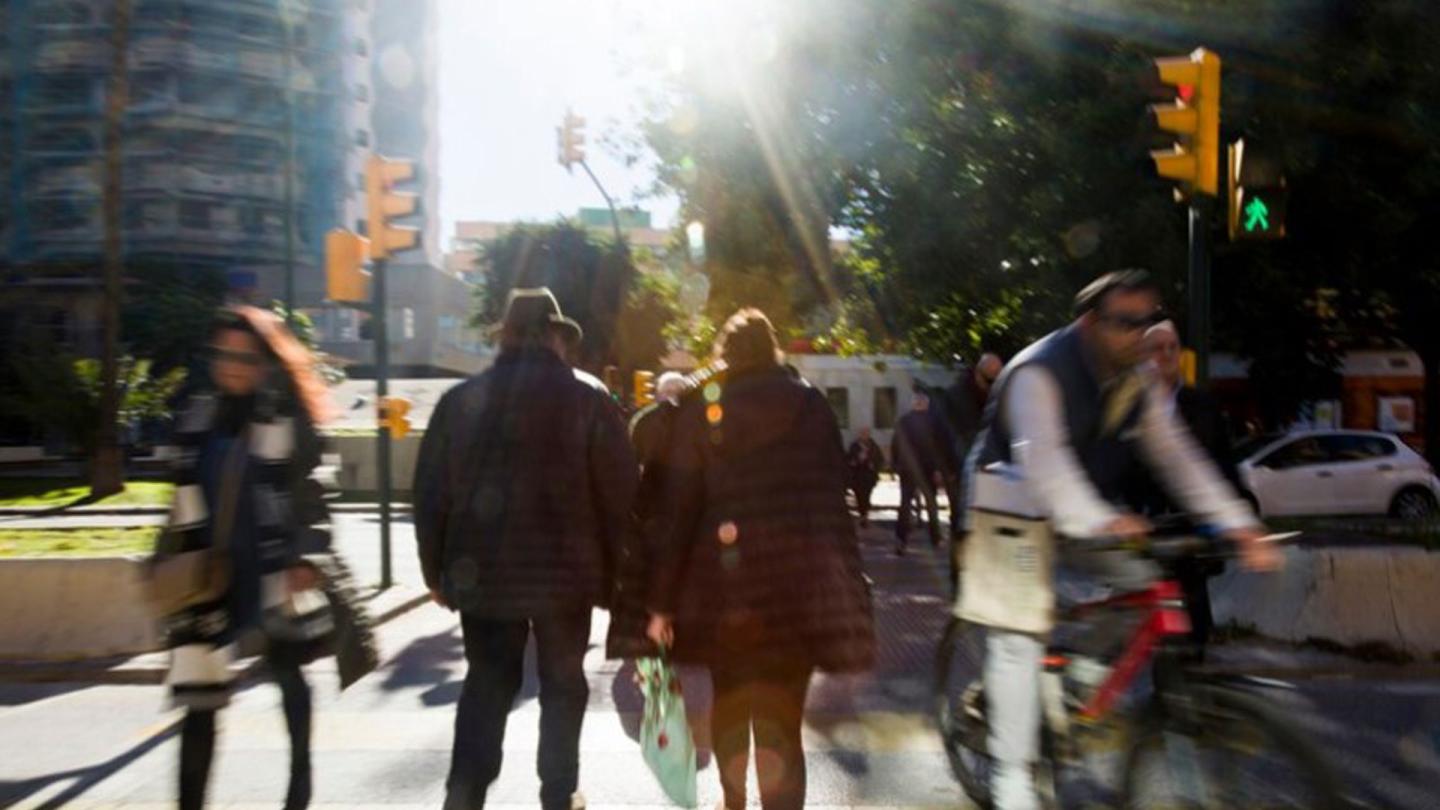Insecurity in the city, what are we talking about?
The issue of combating insecurity is now a major issue for cities and they are adopting public policies in this direction.Cities' security measures must focus on combating the insecurity perceived by individuals in the urban environment. The note "How to make a safer city?" analyses the causes of experienced or perceived insecurity and highlights the different solutions proposed by cities. This note will not be about the fight against all accidents that can occur unexpectedly (fires, road accidents, etc.) but about the methods deployed to guarantee the feeling of security for city users in the face of malicious acts to ensure the safety of people and property.
Finding the possible causes of this insecurity experienced or perceived
The insecurity experienced or perceived in urban areas is often the reflection of a complex set of interrelated factors: lack of social ties and spatial justice, for example. Indeed, when relations between inhabitants are weak, social control decreases, which reinforces isolation. Certain incivilities illustrate this lack of social cohesion. In addition, poorly designed streets, such as those called blind, reduce natural surveillance, fuelling the feeling of insecurity. Promoting spaces that encourage interaction and equitable distribution of resources can mitigate these problems by enhancing urban safety.
Towards a safer city
From "reactive" security and the deployment of surveillance means, to the development of a social environment that ensures "co-surveillance" of each other in appropriate places, the paths taken by cities are the result of political arbitrations but also in many respects of financial resources. Fighting against insecurity means "appropriating" space in such a way that it is not abandoned to anyone or, therefore, to the strongest, without closing it off.

